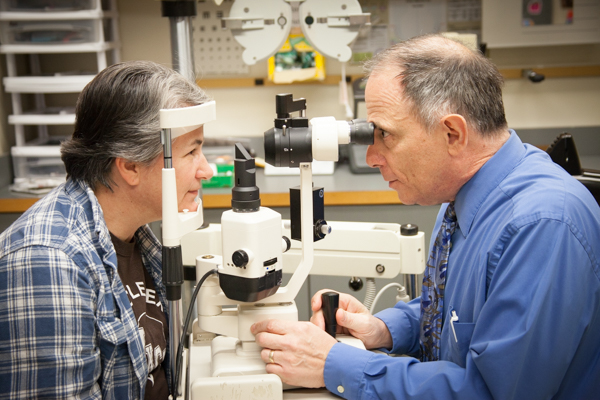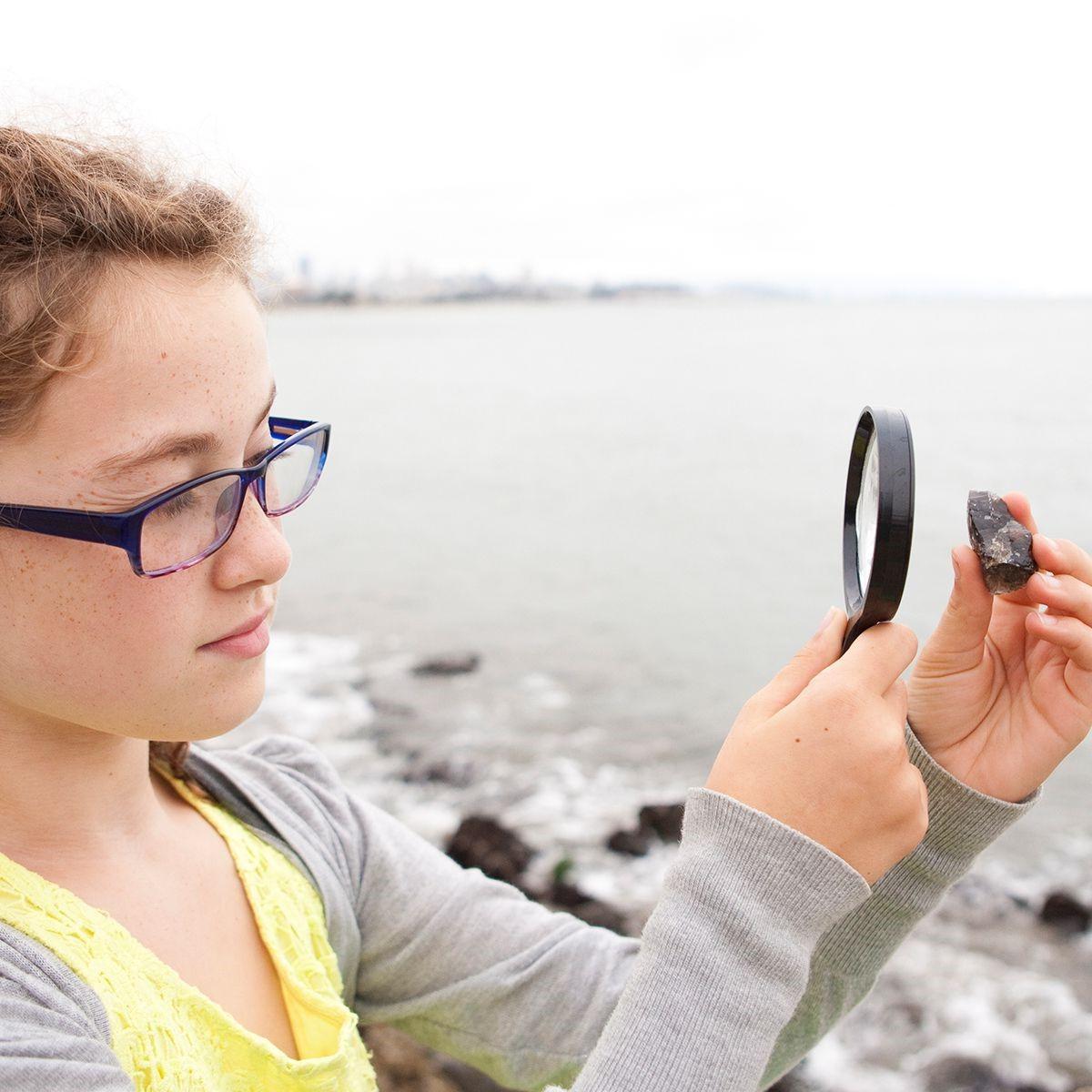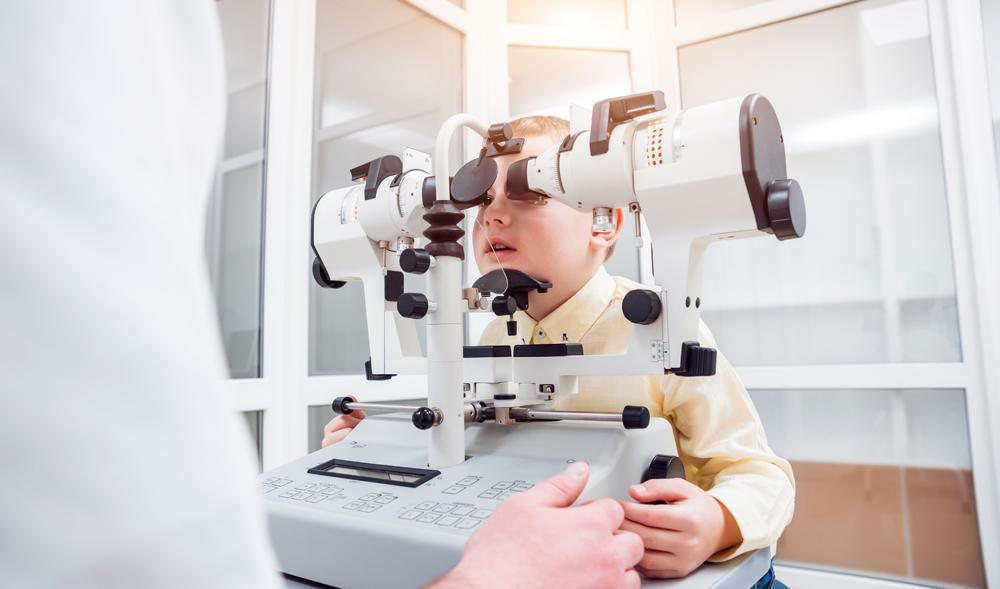Discover the Best Glaucoma Service Near Me: Specialist Eye Treatment Solutions
Discover the Best Glaucoma Service Near Me: Specialist Eye Treatment Solutions
Blog Article
The Role of Advanced Diagnostic Tools in Identifying Eye Disorders
In the realm of ophthalmology, the usage of sophisticated analysis devices has actually reinvented the very early recognition and management of numerous eye problems. As the need for precise and timely diagnoses proceeds to grow, the assimilation of innovative devices like optical coherence tomography and aesthetic area testing has actually come to be important in the realm of eye treatment.
Importance of Early Diagnosis
Early medical diagnosis plays an essential role in the reliable monitoring and therapy of eye disorders. Prompt identification of eye conditions is essential as it permits prompt treatment, potentially preventing further progression of the illness and reducing lasting issues. By spotting eye conditions at a beginning, doctor can use proper treatment strategies tailored to the details problem, ultimately leading to better end results for patients. Very early diagnosis allows people to accessibility needed support solutions and sources quicker, enhancing their general quality of life.

Innovation for Spotting Glaucoma
Sophisticated diagnostic technologies play an essential function in the very early detection and surveillance of glaucoma, a leading cause of permanent blindness worldwide. One more innovative tool is visual area testing, which maps the sensitivity of an individual's aesthetic field, assisting to spot any type of areas of vision loss characteristic of glaucoma. These innovative analysis tools enable ophthalmologists to detect glaucoma in its very early phases, enabling for timely intervention and far better administration of the condition to protect against vision loss.
Function of Optical Coherence Tomography

OCT's ability to evaluate retinal nerve fiber layer density allows for exact and objective measurements, assisting in the early detection of glaucoma even before aesthetic area issues end up top article being evident. On the whole, OCT plays a critical role in enhancing the diagnostic accuracy and administration of glaucoma, inevitably contributing to better outcomes for individuals at threat of vision loss.
Enhancing Diagnosis With Visual Field Screening
A crucial element in comprehensive sensory analyses, aesthetic area screening plays a crucial duty in enhancing the analysis process for different eye conditions. By analyzing the complete degree of a person's visual field, this examination provides important information about the useful honesty of the entire aesthetic pathway, from the retina to the visual cortex.
Aesthetic field screening is particularly valuable in the medical diagnosis and management of conditions such as glaucoma, optic nerve conditions, and numerous neurological illness that can influence vision. Via quantitative measurements of outer and central vision, medical professionals can discover refined modifications that may suggest the visibility or development of these disorders, even before noticeable signs happen.
In addition, visual area screening permits the monitoring of therapy effectiveness, aiding ophthalmologists customize restorative view website treatments to private patients. eyecare near me. By tracking changes in visual field efficiency over time, doctor can make educated choices concerning readjusting medications, recommending surgical interventions, or carrying out other appropriate actions to preserve or enhance a person's aesthetic feature
Handling Macular Degeneration

Conclusion
To conclude, progressed diagnostic tools play a vital function in recognizing eye conditions early on. Technologies such as Optical Coherence Tomography and aesthetic area screening have greatly boosted the precision and performance of detecting conditions like glaucoma and macular deterioration. Early discovery enables timely intervention and administration of these conditions, inevitably bring about far better end results for clients. It is important for health care specialists to stay updated on these improvements to give the best possible take care of their patients. eyecare near me.
Report this page